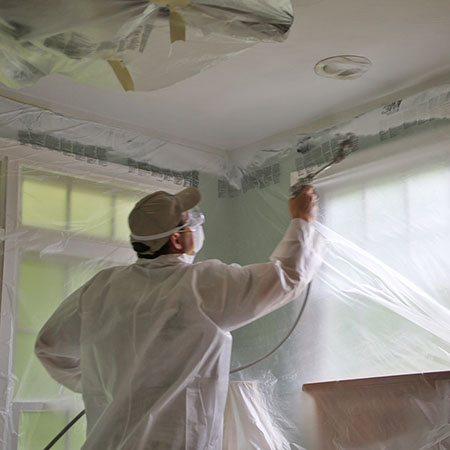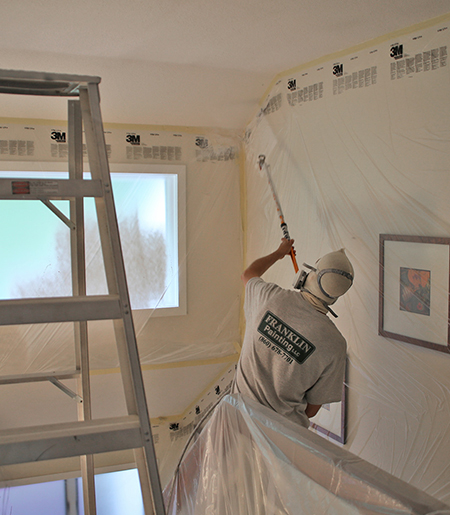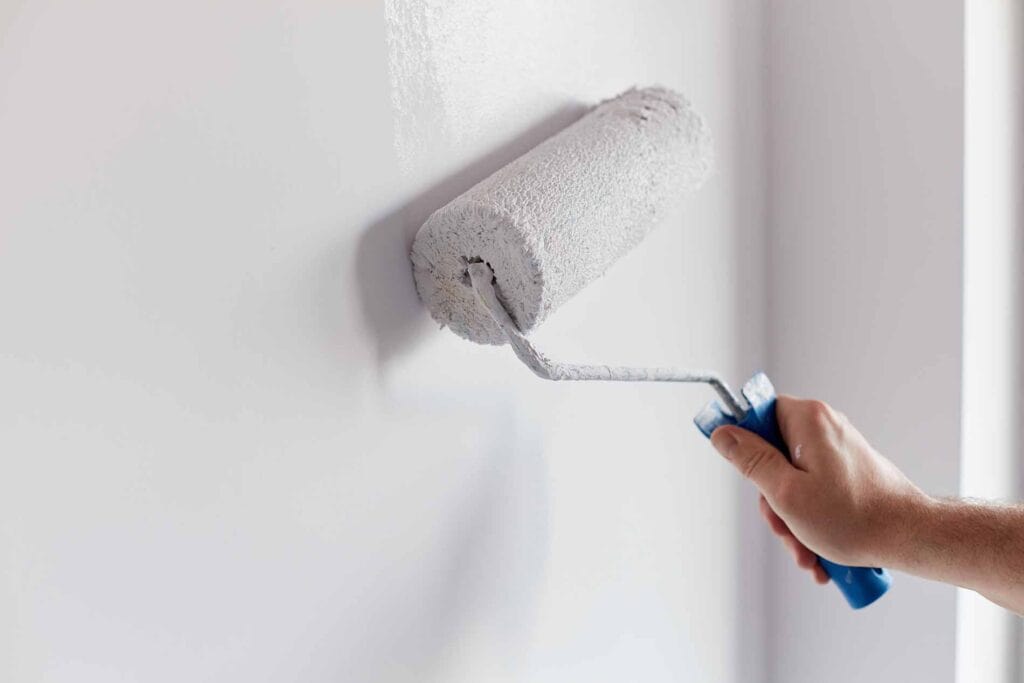
Types of Primer
If you’ve ever tackled a painting project for your home, you may have found the process a bit overwhelming. For instance, there isn’t a perfect one-size-fits-all primer. Different primers serve a range of unique purposes. Professionals can always help, like the experts at Franklin Painting. Here are some examples of the types of primer available, each of which solves a specific problem:
High-humidity areas. In bathrooms, kitchens, laundry rooms, and closets, a high level of moisture often causes paint to peel, mildew, or flake. When interior moisture moves into an outer wall, the result is blistering, bubbling, or peeling. A vapor barrier primer can minimize the effects of moisture by preventing it from traveling through the walls to the exterior surface. Anyplace mildew is a concern, stain-blocking primer should be used. Before applying, any existing mildew should first be killed/removed.
Odors and stains. Walls can emit severe odors due to smoke from cigarettes and fires in fireplaces. Walls can also become stained with various materials that tend to bleed through a new coat of paint. Stain-blocking primer can come to the rescue, for all of these situations. There are oil-based and water-based versions of stain-blocking primer. Oil-based stain-blocking primer is the most effective at blocking water-based stains and odors such as nicotine, wood tannins, rust, water, and smoke. Water-based stain-blocking primers have less odor and easier cleanup; this type of primer is recommended when covering solvent-based stains caused by grease, scuff marks, crayons, and ink.
Dry wall patches. Paint is absorbed differently on wall patches. Covering spackle and various other materials used for patching a wall should all be covered with a quality drywall primer-sealer. Repairs made with plaster instead of drywall need to be covered with oil-based stain-blocking primer. Without the appropriate primer, there will be bleed-through that shows in the paint job.
Bare wood. Bare wood is a thirsty surface that will absorb paint, unless an oil-based primer is applied before painting. This type of primer will also bind wood fibers and hide imperfections, ensuring a uniform surface. An enamel undercoat primer is ideal for providing improved adhesion; and it is also easier to sand than water-based primers. When a water-based primer is used, the grain of the wood tends to be raised, which requires additional sanding before applying a topcoat.
 More primers
More primers
There are more primers you may need to choose, based on the surface being painted. For instance, new drywall is handled differently than patchwork and certain primers are needed for previously painted interior woodwork, making a drastic change in paint color, and painting exterior wood. You can always take the guesswork out of a paint project by leaving it to professionals. Contact the skilled experts at Franklin Painting, to ensure interior and exterior painting of the highest quality, with high-quality paint and the correct primer used every time.

Frank Campanelli, the esteemed founder of Franklin Painting LLC, has been leading the company since 1986. He takes immense pride in the stellar reputation his dedicated team has built by consistently delivering top-notch service to each customer.

 More primers
More primers